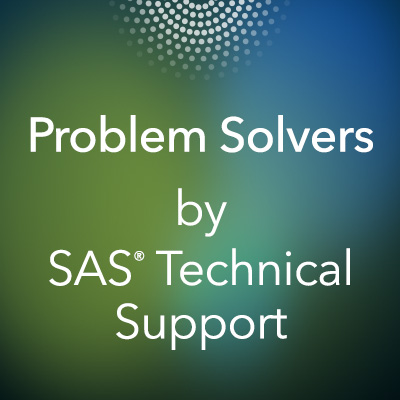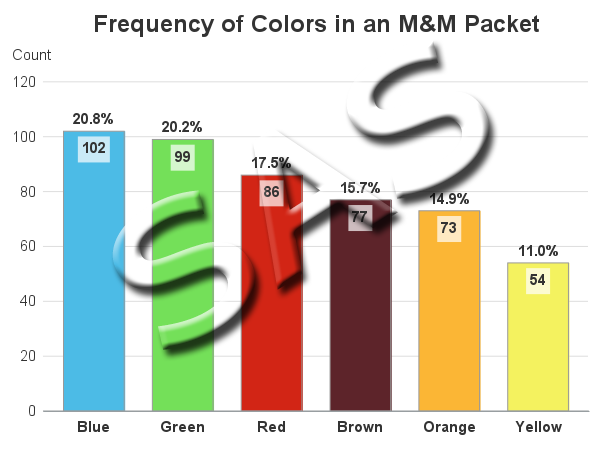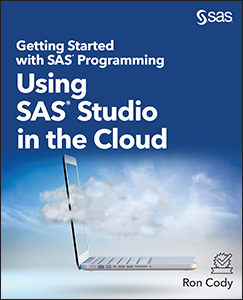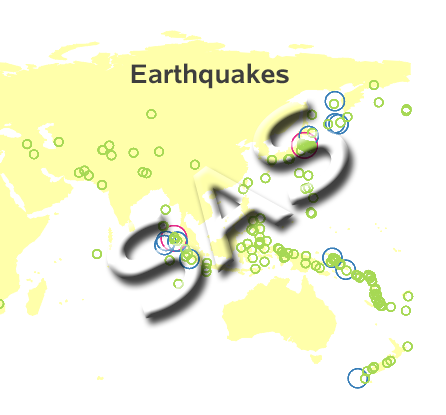Strengthen your programming skills with tips and techniques from the experts

You've probably heard by now the new SAS Viya runs on containers orchestrated by Kubernetes. There is a lot to know and learn for both experienced users and k8s noobies alike. I would recommend searching the SAS Communities Library for a wealth of information on deployment, administration, usability, and more.



































